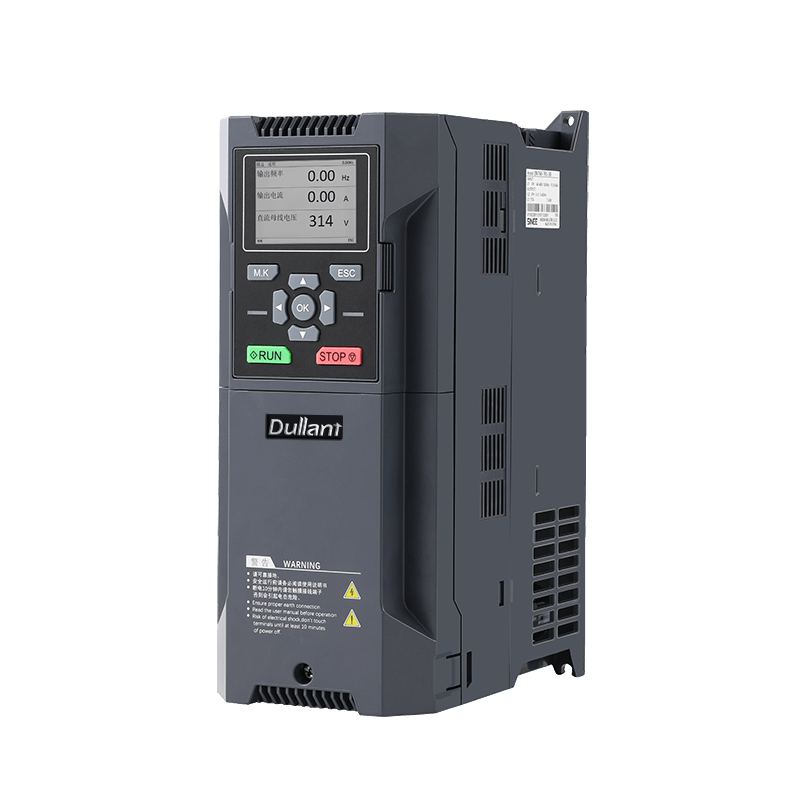First, simplify the control circuit. The use of VFD is extremely convenient, and it can be controlled in a full range through a few terminals around it. There are complete protection measures inside the VFD, and there is no need to design various protection circuits in its peripheral circuits. Since the positive and negative operation of the VFD is realized by changing the output phase of the inverter through the control terminal.
Therefore, two large DC contactors can be reduced compared with the original DC speed regulation system. After adopting vector control VFD without speed sensor, the speed sensor used as speed feedback can be omitted, which greatly simplifies the control circuit. Standard asynchronous motors can be used. The use of cage-type asynchronous motors can give full play to its advantages of simple structure, durability, reliable operation, convenient maintenance, and low price, avoiding the regular replacement and maintenance of DC motor brushes and commutators.
Debugging is simple. The debugging of various operating parameters of VFD is completed by the intelligent keyboard and display, which is convenient to set, flexible to change and short in debugging time. Traditional DC speed control system debugging involves comprehensive adjustment of many parameters, such as trigger pulse phase adjustment, speed negative feedback debugging, etc. Debugging is difficult and time-consuming, and it is not easy to achieve optimal control.
In addition, VFD is used to change the cutting speed and select the optimal cutting speed with economic benefits. Once the speed is selected, it is economical and convenient to change the cutting speed by changing the pulley diameter and/or changing the motor. It is an effective method to improve the processing quality and reduce the processing cost in the machining industry.
Most economical CNC lathes cannot automatically change speed. When you need to change the speed, you can only stop the machine tool and change it manually. The main transmission system of full-function CNC lathes mostly adopts stepless transmission. At present, there are two types of continuously variable transmission systems: frequency conversion spindle system and servo spindle system.
Typically a DC or AC spindle motor is used. Drive the main shaft to rotate by belt drive, or drive the main shaft to rotate by belt drive and reduction gear in the headstock (to obtain greater torque). Due to the wide range of speed regulation of the spindle motor and stepless speed regulation, the structure of the spindle box is greatly simplified. At present, VFD is widely used on lathes due to its high cost performance.
VFD can reduce the number of transmission gears, reduce noise, improve spindle precision, and has strong spindle speed distribution characteristics required for processing various products and different materials. It is convenient to realize numerical control, and its cost is much lower than that of similar numerical control systems composed of DC speed regulation.




